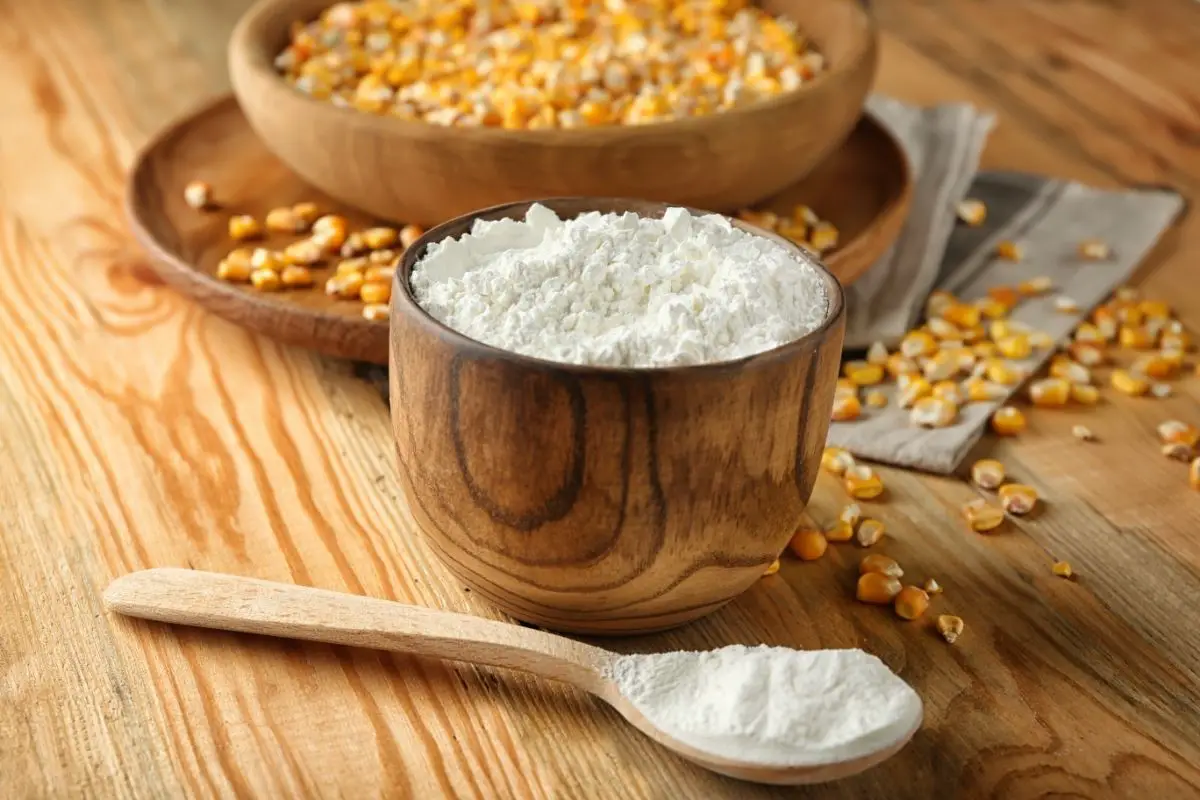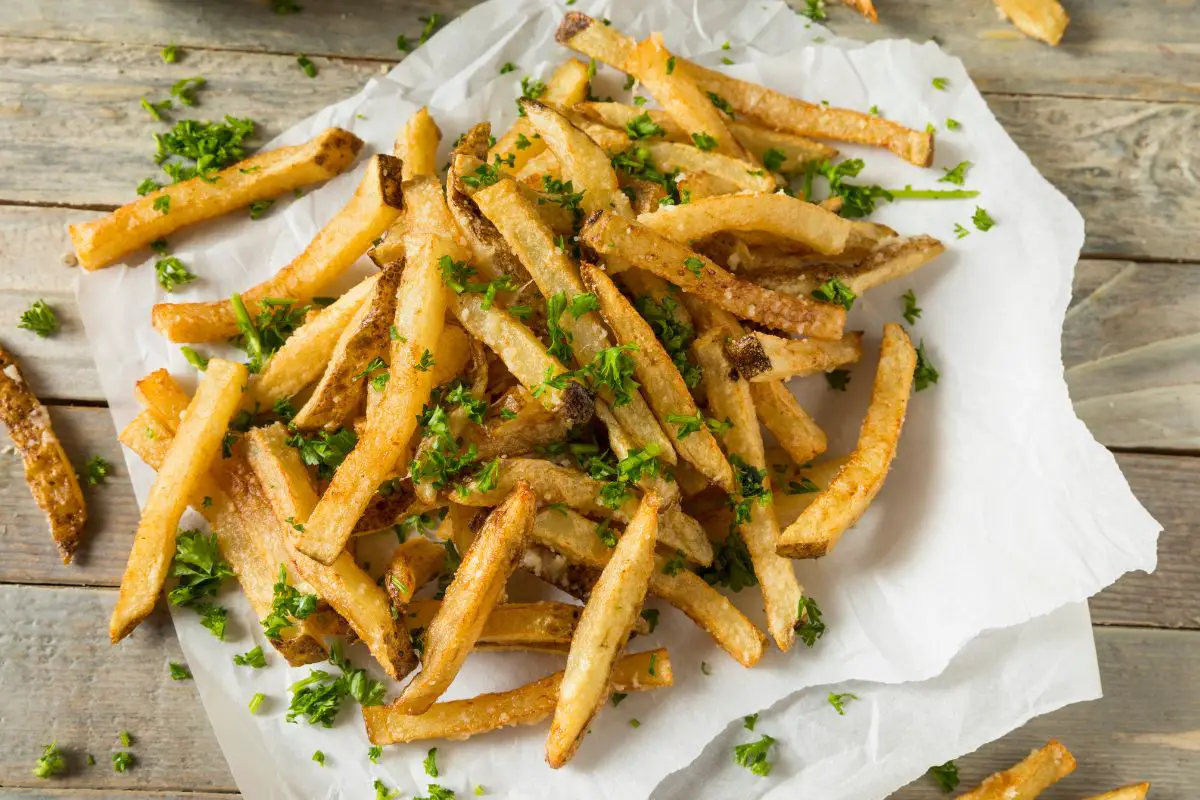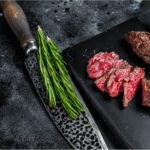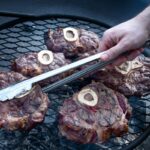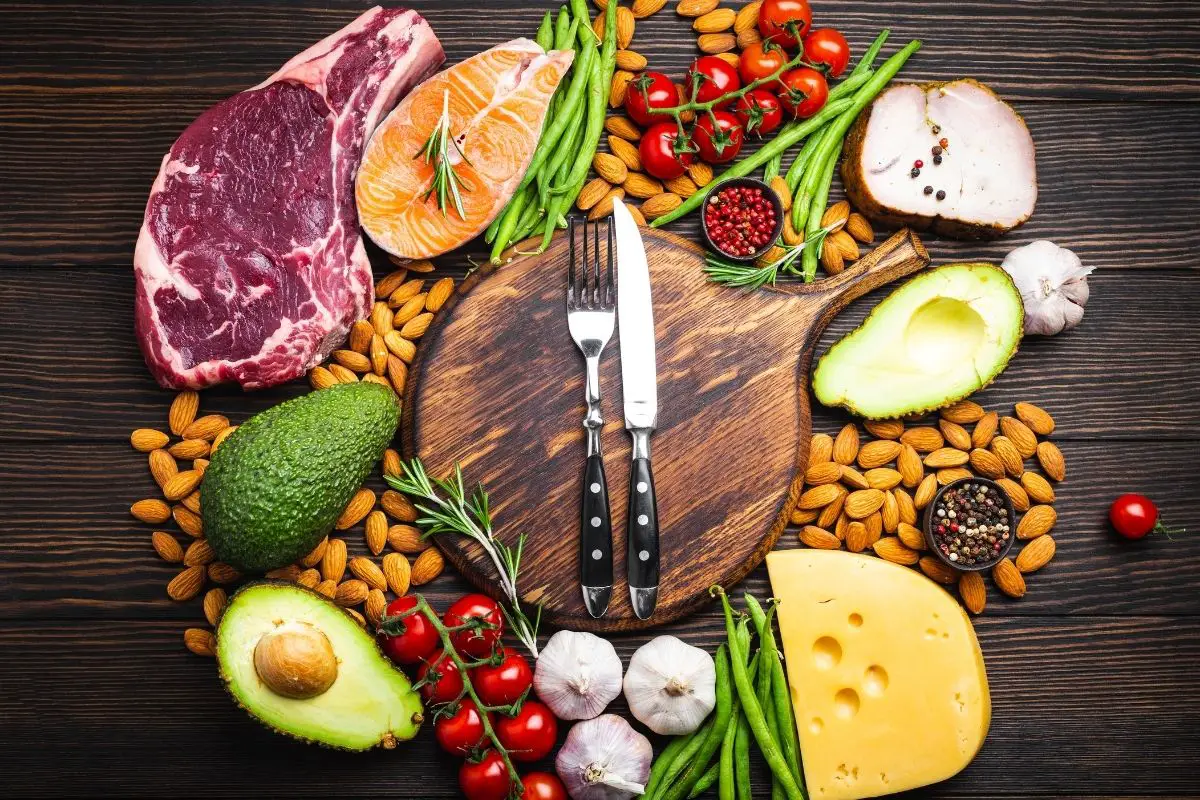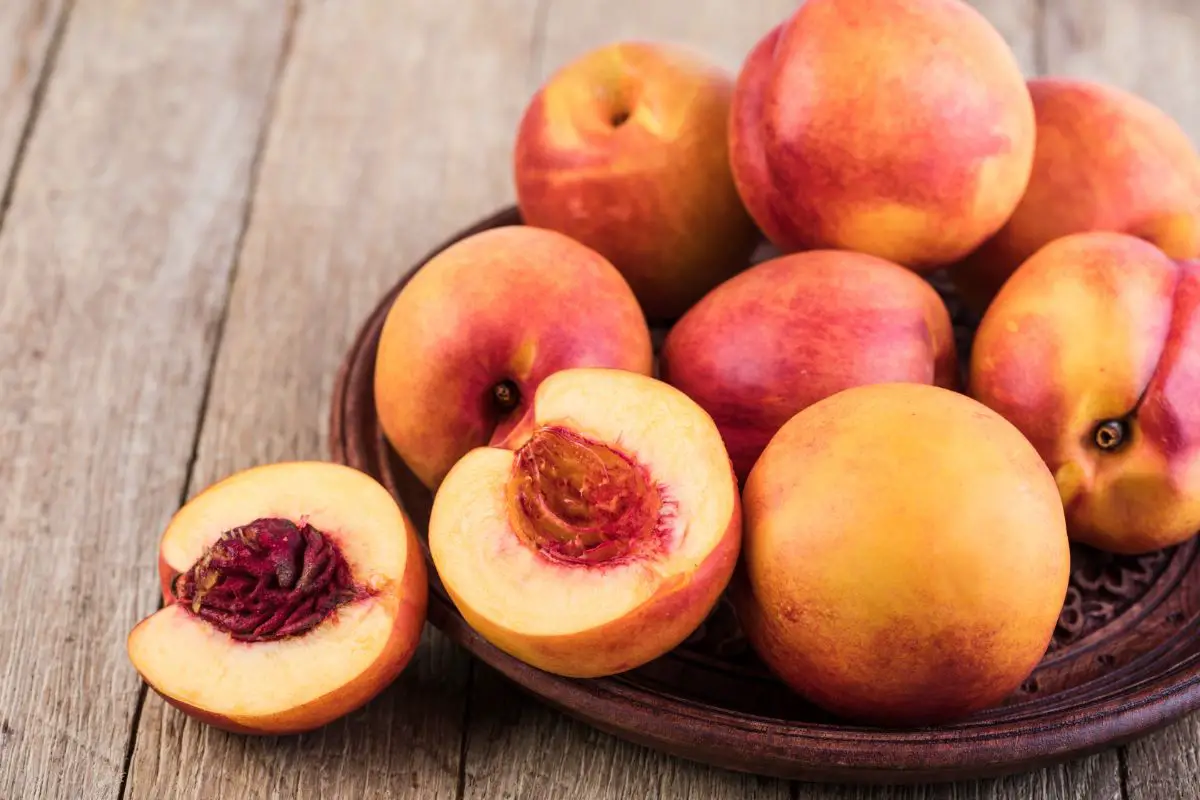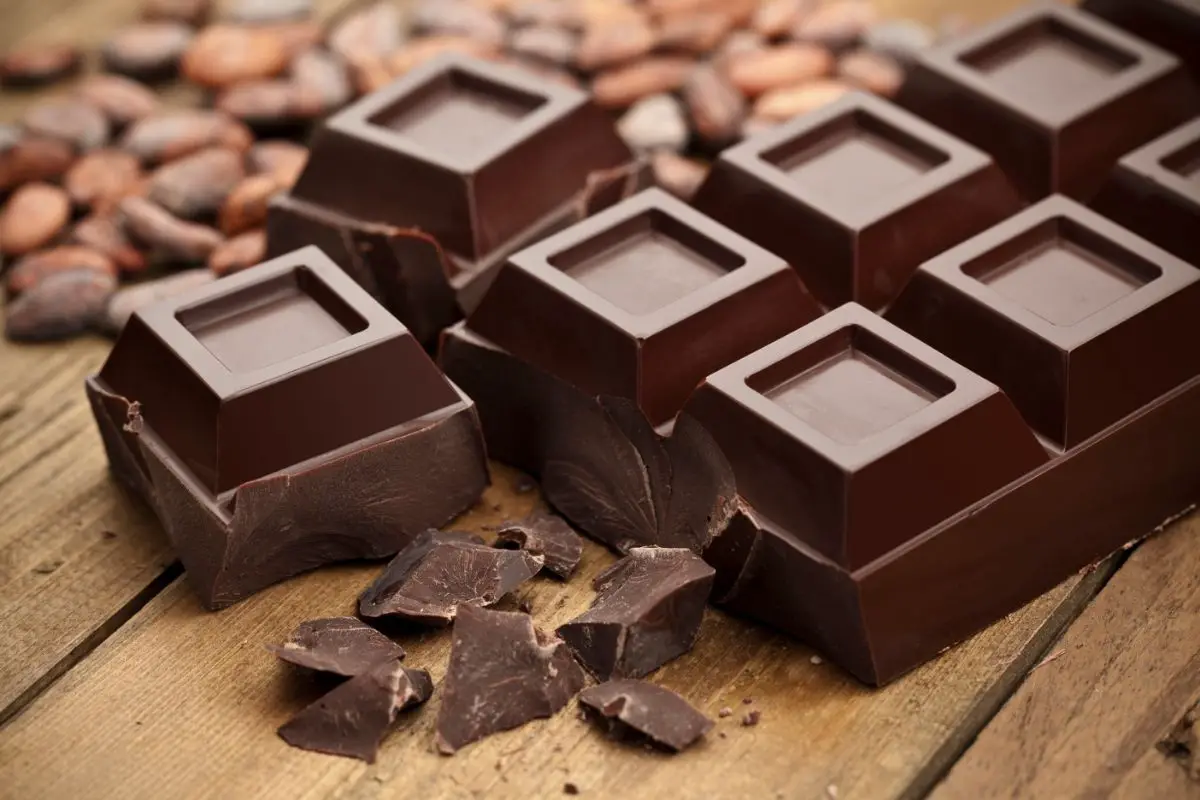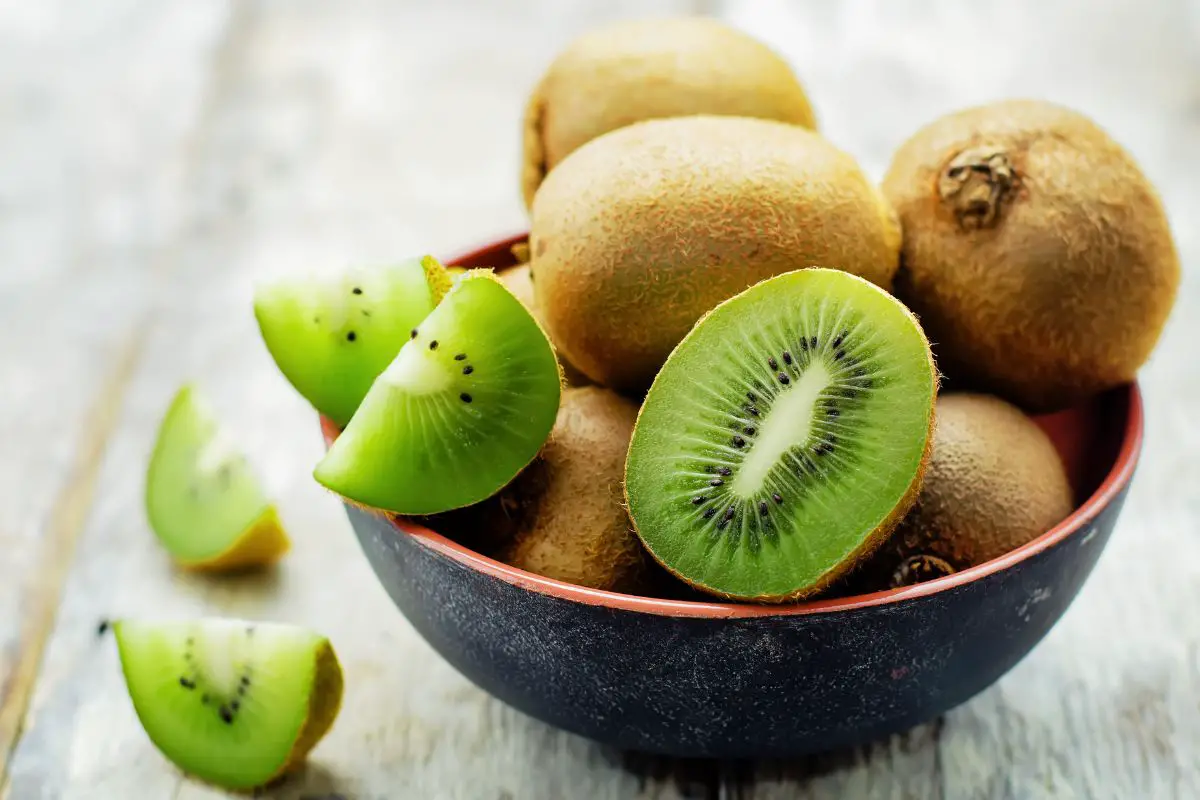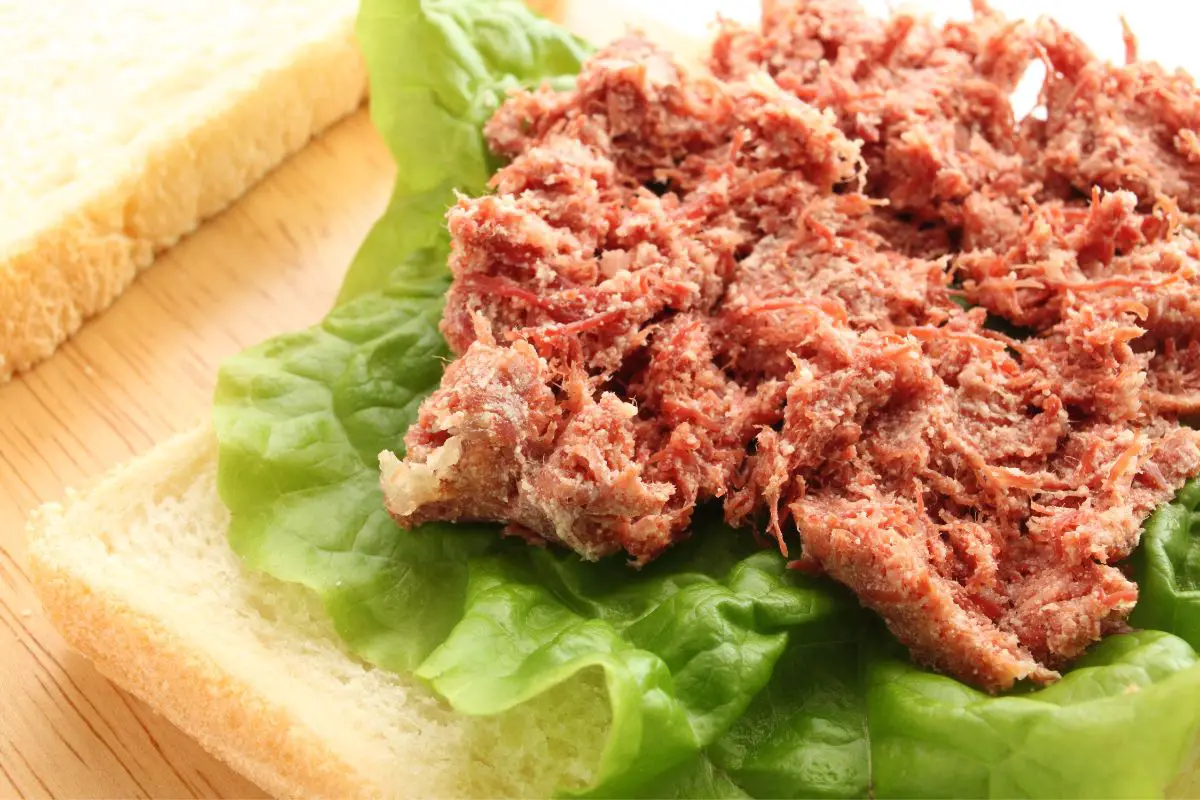Beef cheeks might not be the first item on the menu that people might think of or pick when looking at cuts of beef to cook for themselves.
However, this particular type of beef is fast-growing in popularity, not just in the US, but across the world. They even have their own term in French, ‘joues de boeuf’!
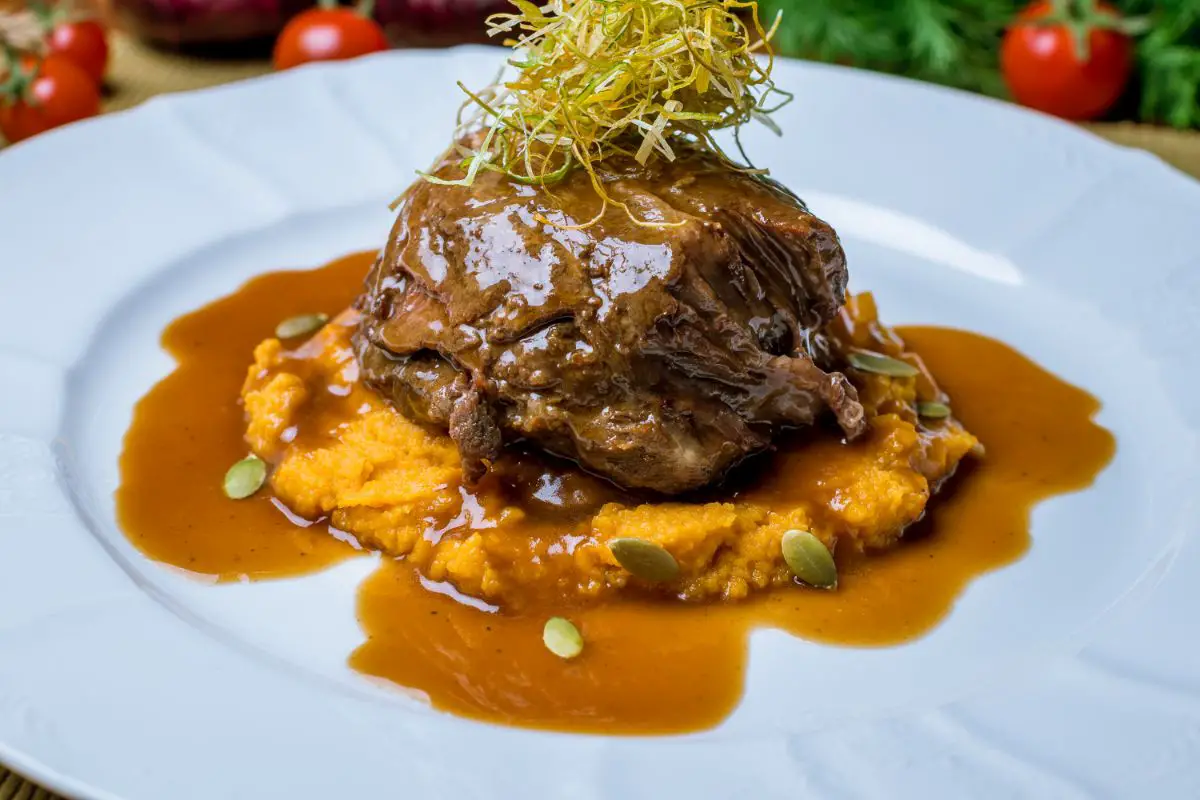
So, what exactly is this type of meat? What is making people turn to this cut, and is it even tasty in the first place?
We’re here to answer those very questions, with a guide to all the questions that you could have about this underrated cut of meat that you can buy from your local butchers right now!
Long story short, the answer to that last question is yes!
What Are Beef Cheeks?
So, what exactly are beef cheeks? Besides a potentially vague insult, anyway?
Well, they’re exactly what they sound like! They’re cuts of meat muscle that are taken from the cheeks of cows and cattle around the area where they chew, their cheeks.
Because it technically is not one of the major recognized cuts on an animal that goes to the butchers, they are technically considered a type of offal.
Only unlike a good deal of other offal, such as liver or other animal organs, beef cheeks are pretty much all facial muscle.
And it’s not just cows that have edible cheek products too. Pigs can produce edible pork cheeks, and sheep can produce lamb or mutton cheeks too.
Why Beef Cheeks, Exactly?
Okay, we know what beef cheeks are now, and it makes sense.
Still, it might seem a little bit strange to some people why beef cheeks are considered such an underrated cut of meat.
However, it makes a little bit more sense when considering the kinds of animals that beef cheeks are cut from, as well as their pork and lamb counterparts.
Many of these animals, cows in particular, and grazers spend a good portion of their day grazing on the grass. Grass, being a relatively nutritionally poor plant, requires a lot of work to be made into food by animals.
So, cows and many other animals spend a good chunk of their days chewing their food.
This means that the facial muscles that go into chewing are used regularly, and as a result, have very little fat on them.
According to butchers and other experts, beef cheeks are some of the most tender cuts that you’ll find on a cow, outside of the standard cuts at least.
Where To Buy Beef Cheeks From?
So, we have the why, now you’re probably going to want to know where you can buy beef cheeks from!
Well, good news, because beef cheeks are available in pretty much any traditional butchers that you can find! There’s no need to search for specialist meat vendors to find this cut.
Beef cheeks will sometimes be identifiable from their typically round shape, as well as having a white ring around them, this is often made from the leftover collagen and sinew that attached the cheek to the cow when it was still alive
However, many butchers will often cut off this ring, as it can sometimes make the cut look less appealing.
If you can’t spot the beef cheek for yourself, just ask the butcher where they are, or if they have any in stock.
They’ll be able to tell you how much they’ll shrink once they’re cooked, too, if they are a knowledgeable butcher.
Plus, this trimming off of extra sinew before selling them also leaves less work for you in the kitchen when you do prepare them!
What Do Beef Cheeks Taste Like?
So, what exactly does beef cheek taste like? Is it any different from standard beef?
Well, if you’re looking for a short answer, the answer is yes. At least if you treat them like any other cut.
The long answer is a little more tricky, especially if you’re cooking them in a specific way.
Benign a very lean slice of beef, the texture of beef cheeks is quite different from standard cuts of beef, as there is very little of that classic marbling effect that you’ll find in a rib-eye steak.
When cooked slowly, you’ll find that beef cheek has a very soft and tender texture, not unlike a well-prepared, slow-cooked pulled pork, or even a good oxtail.

That strong connective tissue that good muscled meat has, gives it a spongy texture too.
In terms of how best to prepare it, if the comparisons that we’ve made are a good enough clue, slow cooking is a great way of getting the most out of a good beef cheek or two, though braising or pan-frying it also yields some tasty results.
Do Beef Cheeks Taste Good?
If our showering praise isn’t a good indication, we have a fond love for beef cheeks.
They provide a texture that many other beef cuts simply don’t or can’t provide, while still having that classic flavor of beef that we all love.
Compared To Normal Beef
Now comes the big question. How does beef cheek taste compared to a classic slice of beef, such as a rump or rib-eye steak?
Well, this is where the answer gets a little frustrating. It depends on what you love in your cut of steak.
If you simply love the overall taste of beef, then you’ll adore beef cheeks.
However, if you love the slightly fatty marbling effect of a good ribeye, the lack of fat here might hold it back overall. Still, it is worth trying for yourself, at least once!
Are Beef Cheeks Healthy?
Well, beef cheeks are still a kind of beef, so they come with many of the pros and cons that you’ll find in a traditional cut, such as plenty of protein.
However, the overall lack of marbling means that you’ll find that beef cheeks are generally lower in fat and calories, making them a great slim option for your beef cravings.
How Do You Cook Beef Cheeks?
Generally speaking, the most popular way to cook this beef type is to slow roast it for a couple of hours, maintaining that soft, melt-in-your-mouth texture that distinguishes this kind of beef.
If you’re grilling or frying this cut of beef, remember that the lack of fat means that this meat cooks very quickly when compared to normal beef, so it is very easy to burn.
Try and keep it on low to medium heat, if possible.
As for serving suggestions, while a little salt and pepper will go a long way toward making this beef taste great, we do love splashing a little olive oil over it!
Is Beef Cheek An Expensive Cut Of Meat?
Currently, beef cheeks are a relatively cheap cut of meat, with it only costing $15 per kilo (this may vary depending on your location).
However, as many people start appreciating it more, you may find the value begins to increase, so try it out while it’s still easy on your wallet!
Final Thoughts
In the end, the beef cheek is a kind of meat that you need to experience for yourself.
So, go to your butchers, grab a pair, and try cooking for yourself!
Everything You Need To Know About Beef Cheeks
Course: Taste Like4
servings30
minutes40
minutes300
kcalYou might not have heard of beef cheeks until recently. But once you’ve read through our guide, they’ll be the first thing that you’ll want to eat!
Ingredients
Beef Cheeks
Ingredients from your favorite recipes
Directions
- Generally speaking, the most popular way to cook this beef type is to slow roast it for a couple of hours, maintaining that soft, melt-in-your-mouth texture that distinguishes this kind of beef.
- If you’re grilling or frying this cut of beef, remember that the lack of fat means that this meat cooks very quickly when compared to normal beef, so it is very easy to burn.
- Try and keep it on low to medium heat, if possible.
- As for serving suggestions, while a little salt and pepper will go a long way toward making this beef taste great, we do love splashing a little olive oil over it!
Recipe Video
https://youtu.be/OA9cJpnzn9QVideo can’t be loaded because JavaScript is disabled: The BEST Beef Cheek Recipe! | Chuds BBQ (https://youtu.be/OA9cJpnzn9Q)- What Exactly Do Chickpeas Taste Like? Is There A Distinct Flavor? - September 30, 2023
- href="https://butterandsaltgatherings.com/top-11-low-carb-options-at-sonic-drive-in-for-keto-diet/">Top 11 Low Carb Options at Sonic Drive-In for Keto Diet - September 30, 2023
- What Should You Serve Alongside Potato Salad? 8 Incredible Side Dishes - September 30, 2023
